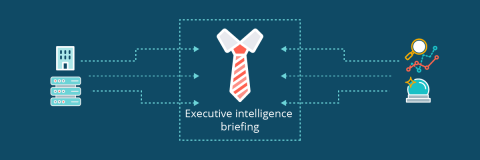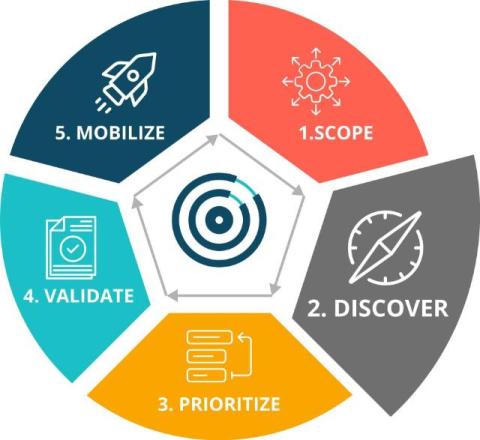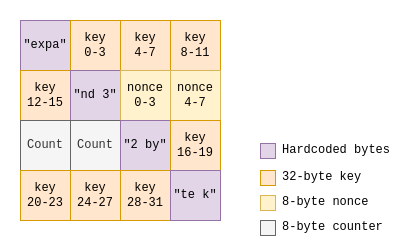Five strategies for uncovering vulnerabilities in web applications
I’ve been working as an Application Security Auditor in Oupost24’s web application security testing team for almost three years now. Our team have shared several pieces of research over the past year, on topics including cross-site request forgery, cross-site scripting attacks, and weaponizing permissive Cross-Origin Resource Sharing (CORS) configurations.






